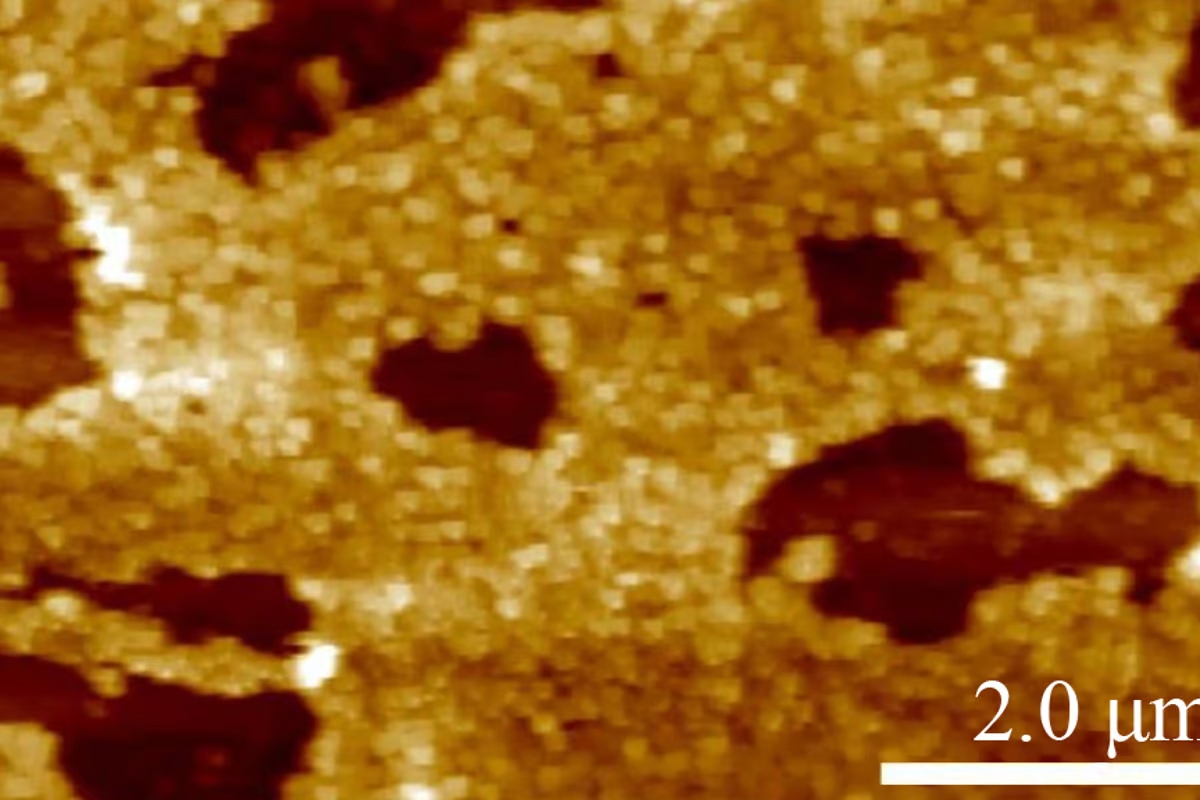
From bricks to jackets, it seems just about anything can be made using plastic nowadays.
The latest items to get a plastic fantastic makeover are antibodies – proteins produced by the body’s immune system to recognize and fight infections from foreign substances. Scientists are reporting the first evidence that a plastic antibody works in the bloodstream of a living animal, opening up the possibility of plastic antibodies being custom tailored to fight everything from viruses and bacteria to the proteins that cause allergic reactions.
Using synthetic polymer nanoparticles (plastic antibodies) to capture a peptide toxin in the bloodstream of mice, the scientists were able to demonstrate that these artificial proteins can recognize, capture and neutralize peptide toxins in a living test subject without being inactivated by plasma proteins and/or blood cells.
The synthetic polymer nanoparticles are also known as molecularly imprinted polymeric (MIP) nanoparticles because they are made using an approach called molecular printing – a process similar to leaving a footprint in wet concrete. The scientists mixed melittin – the main toxin in bee venom – with small molecules called monomers, and then started a chemical reaction that links those building blocks into long chains, and makes them solidify. When the plastic dots hardened, the researchers leached the poison out. That left the nanoparticles with tiny toxin-shaped craters.
Chemists Kenneth J. Shea and Yu Hoshino of the University of California, Irvine, (UCI), working with the group of Naoto Oku at the University of Shizuoka, in Japan, injected a lethal dose of melittin into mice. Animals that then immediately received an injection of the melittin-targeting MIP nanoparticles showed a significantly higher survival rate than those that did not receive the nanoparticles.







